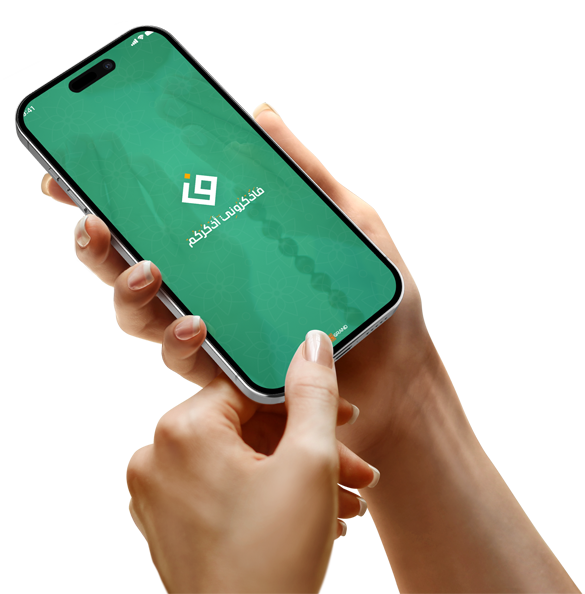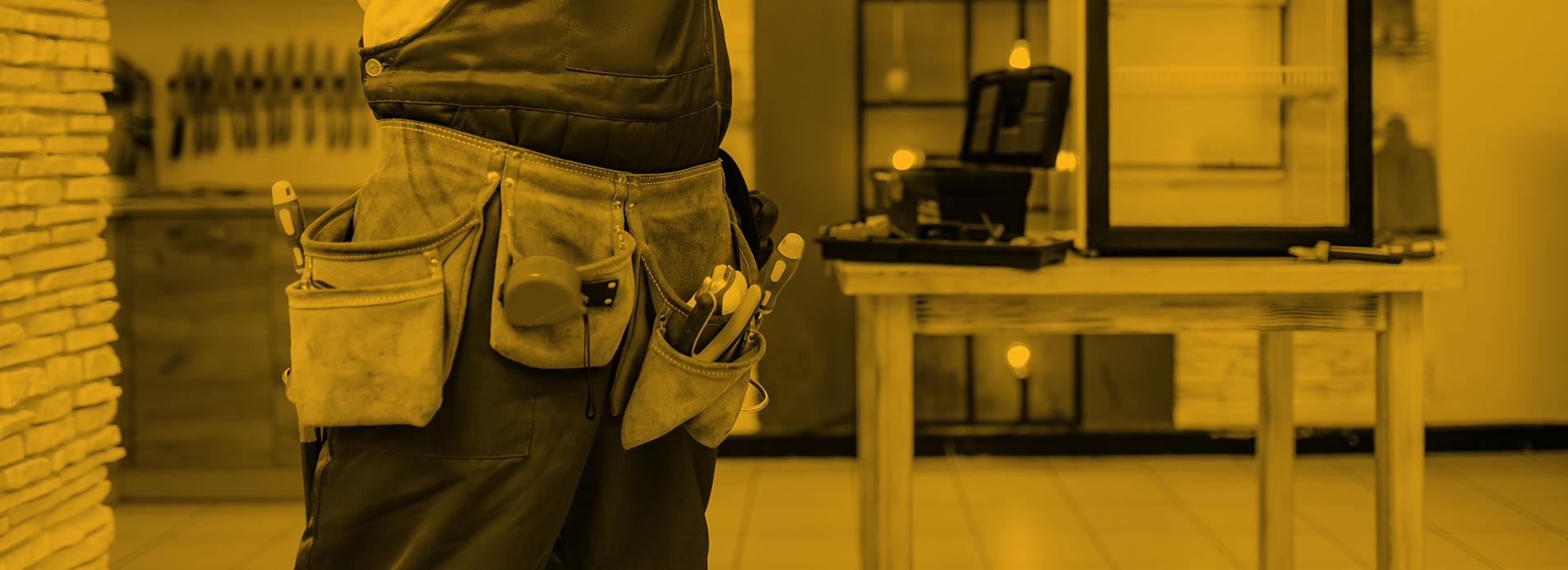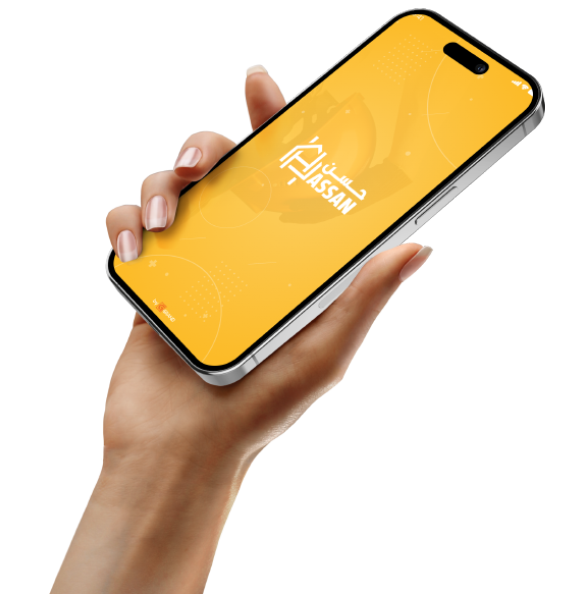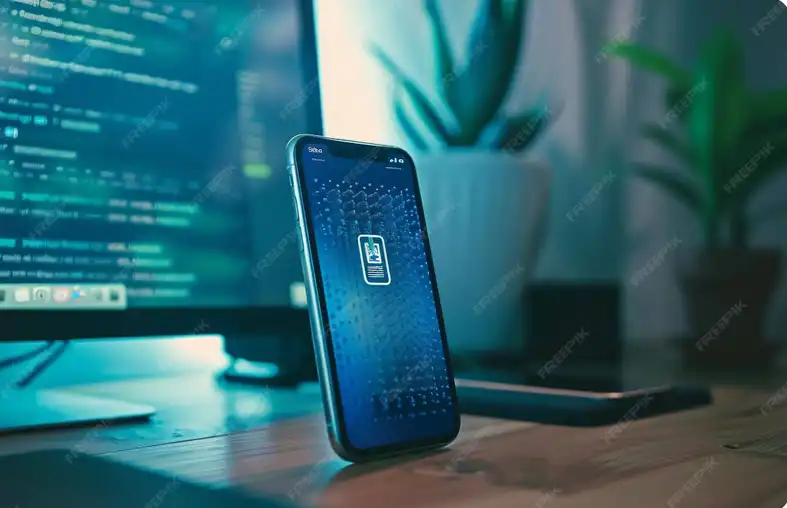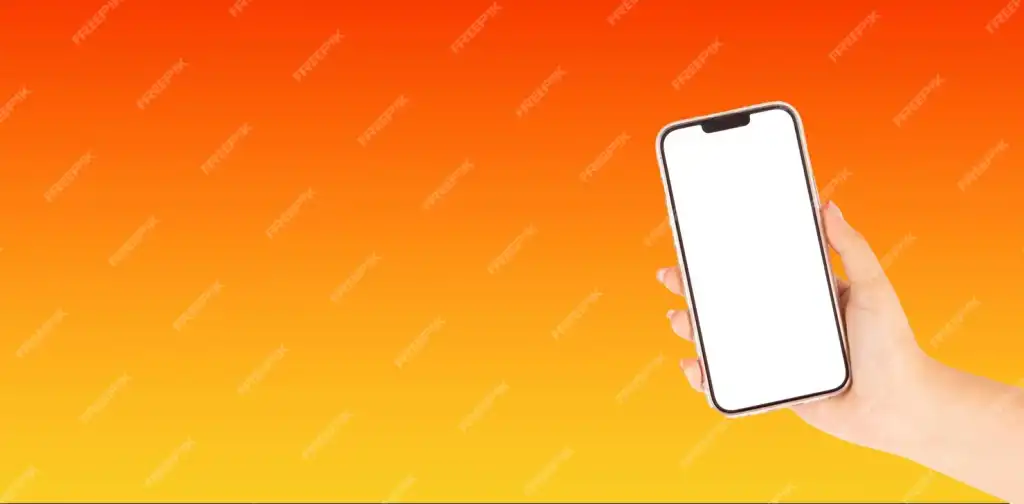How product images influence in-app purchase decisions
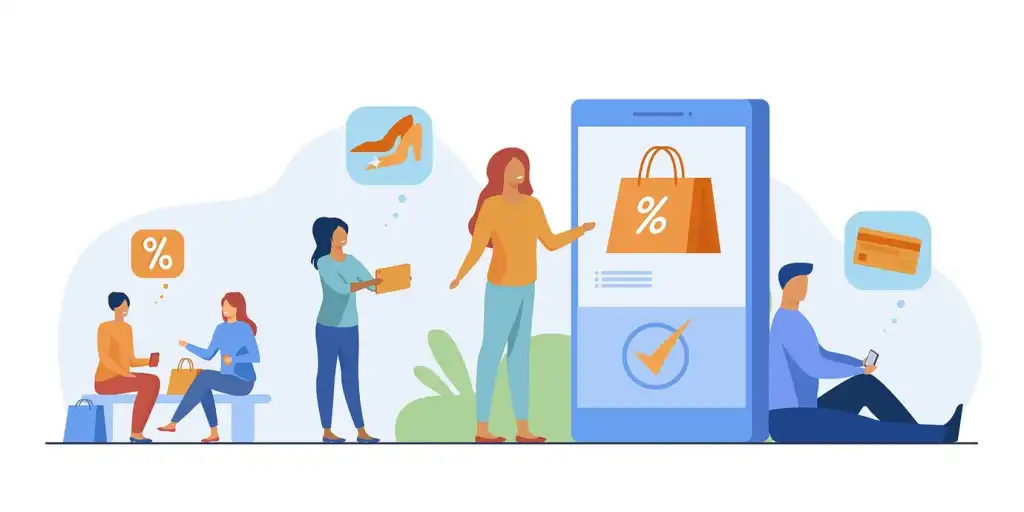
The Impact of Product Images on In-App Purchase Decisions
When a user browses an e-commerce app, the first thing they notice is the product image. This image forms their first impression and contributes to building or losing trust in a matter of seconds. A product with a poor or poor-quality image is often overlooked, even if it has excellent specifications.
Product images influence emotions, and this emotional component is what makes the real difference. For example, a photo of a stylish shoe against a clean background, with perfect lighting and clear details, stimulates the desire to own it, while a blurry image of the same shoe doesn't generate any impulse to purchase. These small differences make a big difference in the final results.
Furthermore, providing a variety of images of the same product (such as side-view images, close-up images of details, and images in use) helps the customer visualize the product clearly and reduces hesitation. The clearer the image, the fewer questions and doubts the user will have, and the more likely they are to click the "Buy Now" button.
It's also important that the images align with the target audience, as the modern consumer looks for distinctive, organized, and easy-to-understand images. A practical consumer, on the other hand, may be more interested in a functional image that clearly demonstrates its use. This means that studying your audience's behavior helps you choose the appropriate visual style.
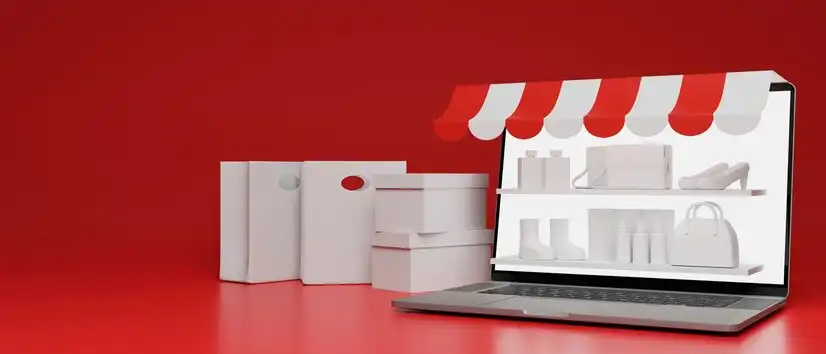
Professional Product Images: The Secret to Convincing Customers In-App
In the world of apps, where users cannot touch or try the product, the image becomes the primary means of forming an impression. A professional image is not just about aesthetics; it has a direct impact on consumer behavior and their purchasing decision.
When a customer sees a clear image taken with excellent lighting, they develop a sense of trust in the product and the store. Conversely, a poor or blurry image weakens this feeling and creates doubts about the product's quality. This instant impression can determine a purchase decision within seconds.
Photographic details compensate for the sensory deficit present in digital stores. Therefore, it is important that the image shows multiple sides of the product, providing the user with a realistic viewing experience. For example, in the case of shoes, it is important to show them from the top, sides, bottom, and even while in use.
Also, the appropriate background plays a supporting role for the product. A uniform, or neutral, background highlights the product's features and draws the eye directly towards it. Crowded or inconsistent backgrounds, on the other hand, distract attention and weaken the display's appeal.
Not only that, but images can also be used as a marketing weapon, such as placing them in promotional formats, or adding a story element to them, such as displaying the product in an everyday situation or scene, which helps the user imagine themselves using it.

How the First Image Makes a Memorable In-App Impression
In commerce apps, the first image a user sees is a crucial moment. It not only showcases the product, but also conveys a feeling, creating a first impression that can be a strong motivation to purchase or a reason to discard the product. This impression is built in less than two seconds.
When a customer sees a bright, clear, and carefully designed image, they feel the store is reliable and offers high-quality products. The image becomes the store's showcase, and the more attractive and thoughtful it is, the more likely the customer is to enter the product and continue exploring.
The first image influences engagement even before reading the product's name or price. Therefore, investing in lighting, angle, background, and fine details is essential. All of these elements combine to create the first scene and create the visual stimulus for a purchase decision.
For example, when selling accessories, displaying the item against a stylish background, or while being worn by a real person, creates a sense of realism and encourages the user to imagine themselves using the product. This imaginative moment plants the first seeds of desire to purchase.
A common mistake is to think that the user will be given time to analyze the product, when in fact users decide quickly and automatically, relying more on visual impressions than logic.

Images Showing the Product in Actual Use: How They Boost Purchase Decisions
When a user sees an image of a product being used in everyday life, it creates a direct psychological connection with the product. Photographing the product in actual use not only reinforces the need for the product, but also helps the customer imagine how the product will be a part of their daily life. These images can be the difference between a purchase decision and hesitation.
For example, showing a piece of clothing on a real person, rather than just a mannequin, can make the user feel more connected to the product. When the customer sees themselves wearing the same item, they will begin to imagine how the product will fit into their lifestyle or even their other clothes. This emotional connection with the product significantly motivates the purchase decision.
An image that shows the product in everyday life also emphasizes its quality and convenience. For example, if you're selling an electrical appliance, showing it in use in the kitchen or office gives the user a better idea of its functionality and ease of use. This type of imagery removes doubts about the product's effectiveness and increases customer comfort when making a decision.
Also, photographing products in multiple contexts (such as clothing worn in different settings: work, home, or during social activities) helps portray the product as a multi-purpose solution. This diversity increases the likelihood of purchase because the user begins to envision the product as part of their daily needs.





